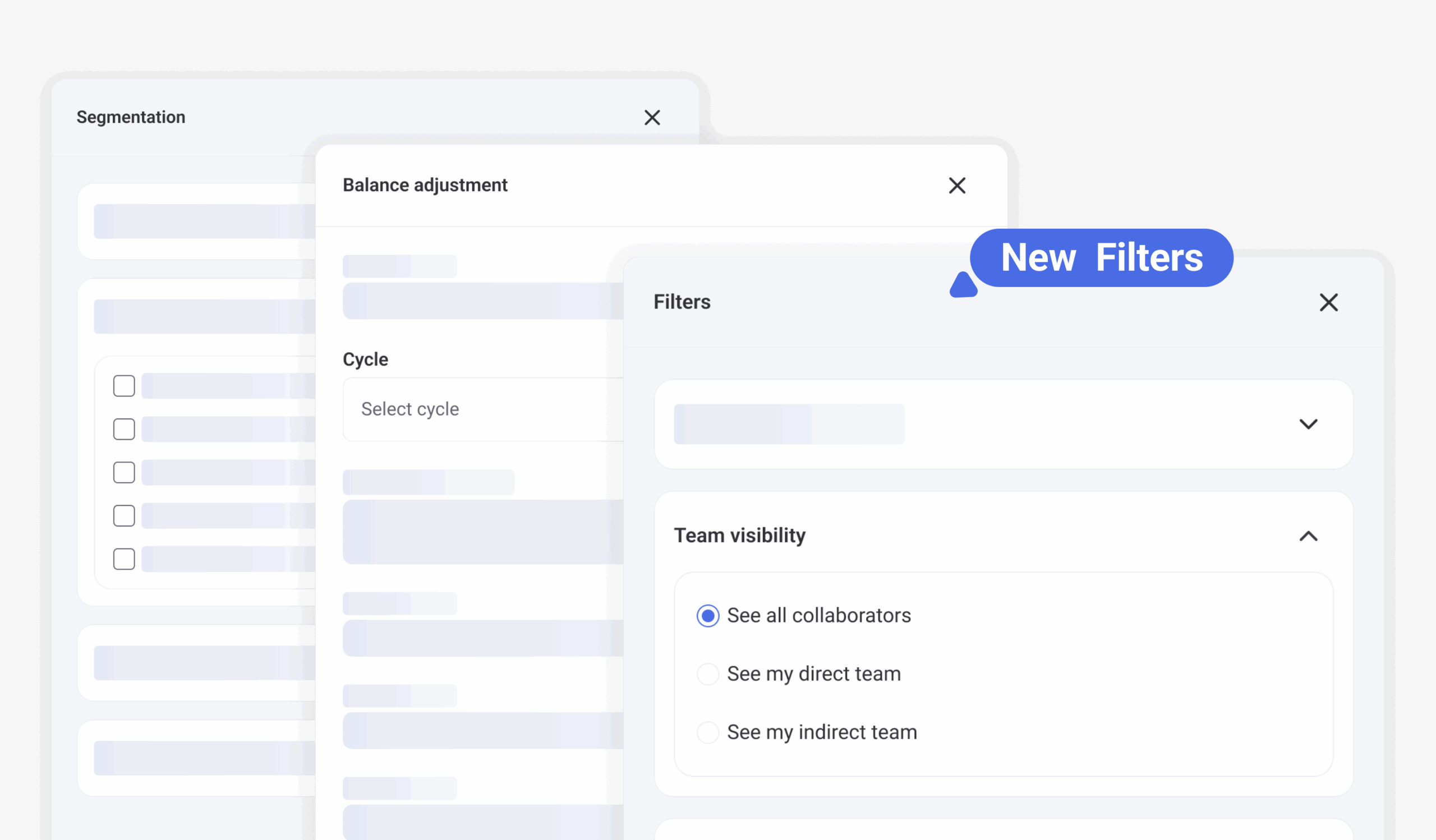Introduction
Have you ever wondered what makes white-collar jobs such a crucial part of today’s workforce? While they might seem straightforward, their roles, characteristics, and impact go far beyond the office walls. From high-powered executives to creative professionals, understanding white-collar jobs can help HR professionals, businesses, and job seekers navigate the complexities of modern employment.
In this article, we’ll explore the definition, roles, examples, and types of white-collar jobs, shedding light on why they matter and how they shape the workforce. Whether you’re curious about the differences between white-collar and blue-collar jobs or seeking inspiration for your career path, you’ve come to the right place.
What Are White-Collar Jobs?
White-collar jobs refer to positions typically performed in office settings that involve mental or administrative labor rather than physical work. These jobs often require specialized education, technical expertise, or professional training and are commonly associated with salaried employees.
Key Characteristics of White-Collar Jobs:
- Work Environment: Office spaces or remote settings.
- Nature of Work: Focused on tasks like management, planning, or problem-solving.
- Skill Requirements: Higher education, certifications, or technical skills.
These jobs are the backbone of industries like finance, healthcare, education, and technology. In recent years, the rise of remote work and digital transformation has further evolved the traditional image of white-collar jobs, blending flexibility with innovation.
White-collar roles are pivotal in driving organizational efficiency and shaping strategies that impact broader economic landscapes.
Roles and Responsibilities in White-Collar Jobs
White-collar jobs span a wide range of roles, each contributing to organizational growth and innovation. Here’s a closer look at some of the key responsibilities associated with these positions:
1. Strategic Planning
Many white-collar professionals are responsible for defining long-term goals and strategies for their organizations. Roles like business analysts, marketing managers, and financial planners focus on aligning resources with objectives to achieve growth.
2. Administrative Oversight
Administrative tasks, such as managing schedules, organizing data, or overseeing daily operations, are crucial in white-collar jobs. Office administrators and executive assistants ensure the smooth functioning of businesses.
3. Problem-Solving and Innovation
From designing software solutions to crafting legal strategies, white-collar professionals often tackle complex challenges. For instance, IT specialists troubleshoot technical issues, while lawyers resolve disputes or draft contracts.
4. Leadership and Management
Supervisory roles like department heads, team leaders, and C-level executives guide teams, make critical decisions, and foster a collaborative work environment. Leadership is at the heart of white-collar responsibilities.
Examples of White-Collar Jobs
White-collar jobs cover diverse industries and roles. Here are some examples:
Finance and Banking
- Accountants
- Financial Analysts
- Investment Bankers
Healthcare
- Physicians
- Medical Researchers
- Hospital Administrators
Technology
- Software Developers
- IT Managers
- Data Analysts
Education
- Teachers
- Academic Advisors
- School Administrators
These roles highlight the versatility and depth of white-collar careers. Whether it’s innovating in tech or shaping young minds in education, white-collar jobs leave a significant mark on society.
Types of White-Collar Jobs
White-collar jobs can be categorized into several types based on the nature of the work and the industries they serve. Here are the primary categories:
1. Professional Jobs
These roles require specialized training or advanced degrees. Professionals in this category include doctors, lawyers, engineers, and architects. They often work independently or within established firms.
2. Administrative Jobs
Administrative roles support the day-to-day operations of an organization. Positions like office managers, executive assistants, and clerical staff ensure seamless workflow and organization.
3. Managerial Jobs
This type involves planning, organizing, and leading teams. Managers oversee projects, allocate resources, and evaluate performance. Examples include project managers, department heads, and general managers.
4. Technical Jobs
Technical roles demand a strong understanding of specific systems or tools. IT specialists, software developers, and data scientists fall into this category. These professionals drive technological advancements in their industries.
5. Creative Jobs
These roles focus on generating ideas and producing original content. Writers, graphic designers, marketing specialists, and advertising executives use their creativity to develop campaigns and solutions.
By understanding the different types of white-collar jobs, businesses and professionals can better align their career goals or recruitment strategies with the demands of the job market.
White-Collar vs. Blue-Collar Jobs
A common question arises: Are white-collar or blue-collar jobs better? The answer depends on personal preferences, skills, and goals.
Key Differences
Both job types play vital roles in the economy. While white-collar jobs focus on planning and strategy, blue-collar roles are essential for hands-on work and execution.
Challenges and Opportunities in White-Collar Jobs
Like any profession, white-collar roles come with both advantages and hurdles.
Advantages
- Career Growth: Many white-collar jobs offer clear paths for advancement.
- Higher Earning Potential: With skills and experience, salaries can increase significantly.
- Flexibility: Many roles allow hybrid or remote work options.
Challenges
- Work-Life Balance: Long hours or high expectations can impact personal time.
- Skill Upgradation: Staying relevant often requires continuous learning.
- Job Market Volatility: Shifts in technology or economic conditions can affect opportunities.
By leveraging technology like Humand, HR teams can address these challenges effectively, enabling organizations to create sustainable and supportive work environments.
Conclusion
White-collar jobs are the backbone of modern businesses, driving innovation, management, and organizational success. Understanding their definition, roles, and types allows professionals and HR teams to make informed decisions about career paths and workforce planning.
At Humand, we simplify human resource processes, ensuring your team can focus on what truly matters—building a thriving workplace. Check out our article on how to achieve a good working environment to learn more about fostering workplace success.
For more insights into the current state of white-collar jobs, explore this Forbes article.
White-collar jobs aren’t just a profession—they’re a path to innovation and leadership. Ready to unlock the potential of your team? Let’s make it happen together.







